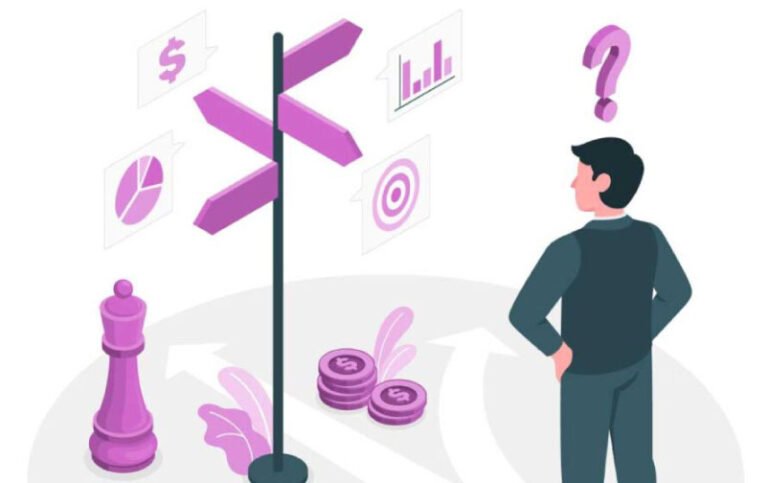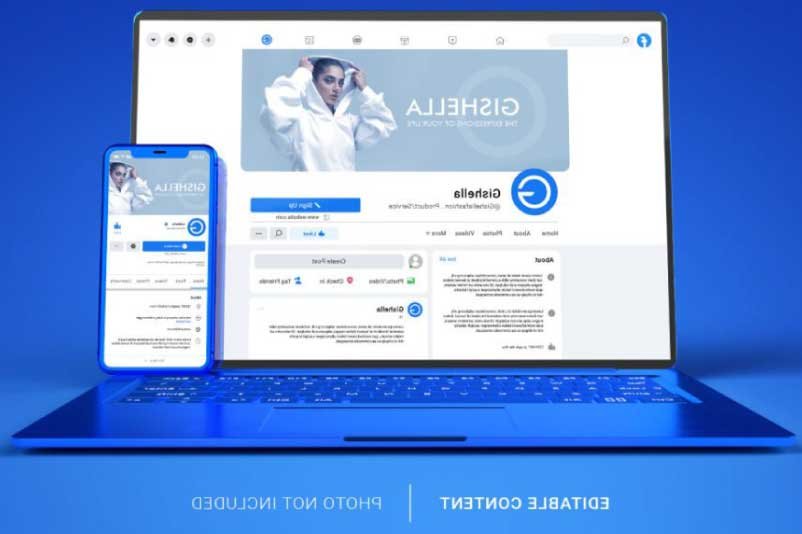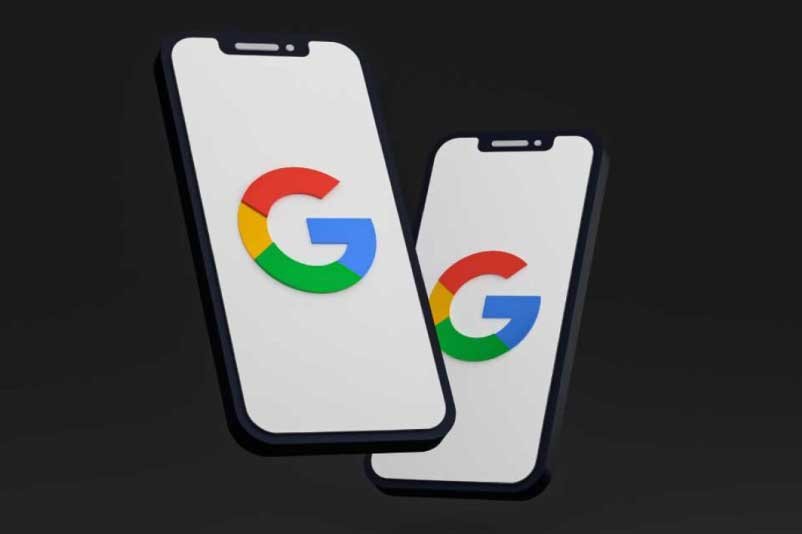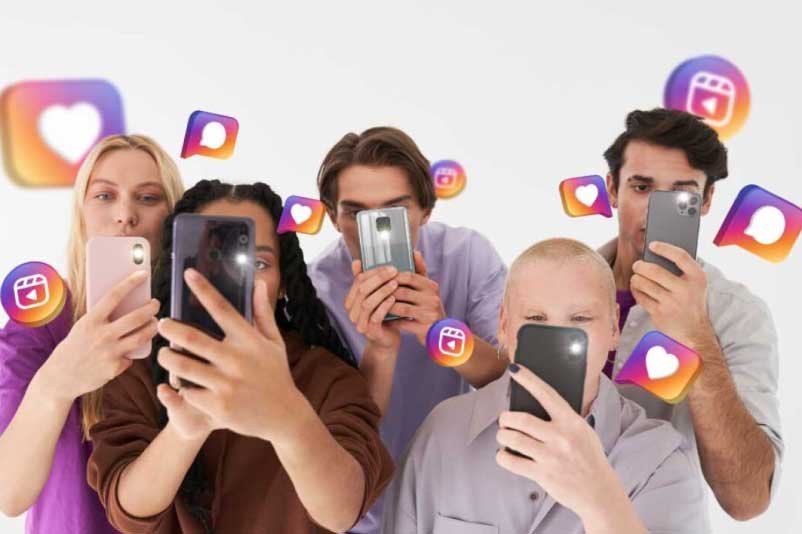
Cognitive Biases in Marketing: 4 facts

Why are cognitive biases so important in marketing?
If you have an SME or startup, and you are one of those who do traditional or digital marketing in order to get more sales, then surely you have investigated the reason why a person buys, and, therefore, you start to study consumer psychology. During that research you look for the answer to that question that breaks the head of anyone who has a business:
How do I sell more?
And that question leads you to question yourself and take action against advertising, which you probably do yourself where creating a publication, such as on Facebook and Instagram, is perhaps an inexact science. Posting what your potential customer wants to see, is difficult, and that’s because of subjectivity, that is, everyone’s interpretation.
There are many studies and theories about consumer behavior, but there is one that has become quite relevant in recent years, and that is cognitive biases. In this article, we are going to give you 4 facts about cognitive biases in marketing.
1.What is a cognitive bias?
Initially, keep this fact in mind: our brain tends to simplify the information it receives, and in that process, it often fails.
A cognitive bias is a behavior that limits our way of reasoning when making a decision, and this pattern, in marketing, is used to manipulate communication in order to make people buy from us and increase sales.
The fact is that nowadays, we are in a world full of information, and our brain looks for ways to understand messages easily and quickly, in order to help us process the information we receive.
With this, we can understand that cognitive biases in marketing, seek ways to process and simplify the information that the potential customer you want to reach will receive, and thus, sell that product or service that this person needs without much effort.
2. Are cognitive biases good or bad?
If we had to make a decision, and we started to analyze all the possible options before making it, it would take us a long time, because we have a lot of information in our brain and that would make us slower, and perhaps incompetent. That’s why the brain looks for mental shortcuts that allow us to act quickly, and cognitive bias helps us do that.
Are cognitive biases good or bad? That depends. Just as a cognitive bias helps us make decisions quickly, it can also cloud our judgment and lead to mistakes. All human beings have mental biases and the idea is to learn to detect the negative ones, in order to improve our judgment.
Remember that the brain looks for what is best for you in terms of decisions, but sometimes it is wrong, and as a cognitive bias helps to make decisions faster, then we must take care that we make the right decision.

3. What types of cognitive biases are there?
In general there are several cognitive biases, however, at this point we are going to place some of the most commonly used cognitive biases in marketing.
- Confirmation bias: This type of bias, makes you conveniently look for that information that confirms your beliefs, expectations or ways of thinking, with reference to some kind of ideology. For example, if you have a right-wing political leaning, then you like to listen to people who are right-wing and have the same opinion as you. In another example, if you have an affinity towards a brand, you will look for ways to have positive information that confirms your appreciation, and you will discard negative information about the brand that damages your position.
- Authority bias: This bias causes you to seek the opinion of someone recognized, such as business leaders, because you believe that they are right about a certain topic or theme. For example, when you see a successful entrepreneur speak well or badly about a product and you believe him or her.
- Visual association bias: It makes your brain associate the quality of a product or service through the conditions or properties of an environment. For example, when you have a very beautiful website, then it is presumed that the product or service is also beautiful.
- Anchoring bias: The brain gives priority to the first information it receives, giving it relevance to make a decision. For example, when we publish a pattern where the first thing we show is the price or the promotion of a product. If the promotion hooks you, your brain will surely create an anchor that will lead you to buy it, even if you have no more information about that product.
- Endogroup bias: Bias connected to social psychology, and it is because it gives credibility to individuals who belong to the same ethnic group or who are simply similar to them. For example, when you notice people who have the same tastes as you, have a product in common and, you also feel curious and desire to acquire it.
- Loss aversion: This bias can be exploited by offering discounts or promotions that make consumers feel they are missing out if they do not take advantage of the offer. For example, a retailer may offer a 20% discount on a purchase of more than $100. This could encourage consumers to buy more than they would normally buy, as they fear they are missing out on the discount if they do not take advantage of it.
- Halo effect: This bias can be exploited by associating a product or service with something positive. For example, a clothing brand can be associated with a popular celebrity so that consumers associate the brand with beauty and popularity.
- Bandwagon effect: this bias can be exploited by showing that many people are buying a product or service. For example, a retailer can display a progress bar showing how many people have purchased a particular product. This could encourage consumers to buy the product, as they don’t want to miss out on what everyone else is doing.

4. Using cognitive biases in marketing
Cognitive biases in marketing are too important, because if we apply this method, our sales will surely multiply, and that is because cognitive biases allow us to understand and manipulate the buying behavior of our potential customers.
Biases are drivers of our thoughts, which when applied in the publications or guidelines we make in the digital world, we seek to influence the feelings, emotions and experiences, which lead potential customers to make that purchase decision.
If you are going to apply cognitive biases in marketing, you must understand consumer behaviors such as:
- Why you buy: What is your need? What drives you?
- How you shop:Do you like to shop digitally or, do you like to go to physical stores?
- How will you pay:Do you only handle cash or do you prefer to pay by credit card?
As an entrepreneur, if you apply cognitive biases to the paid or organic advertising you manage, such as on social media, you are going to be much more effective in making a sale.
CONCLUSION
Cognitive biases are good and bad, it depends on the context or situation. If you are in charge of creating the advertising for your SME or venture, you must apply cognitive biases in marketing in a responsible and objective way, since the idea is to enter the mind of the potential customer, but you must do it in a transparent way.




